Monstera Adansonii Aka Swiss cheese plant, commonly known as the Swiss Cheese Plant or Monkey Mask Plant, is a popular tropical houseplant recognized for its distinctive leaf structure. This species belongs to the Araceae family and is native to Central and South America, where it typically grows in the understory of rainforests.
Key Characteristics:
- Scientific Name: Monstera adansonii
- Common Names: Swiss Cheese Plant, Monkey Mask Plant
- Family: Araceae
- Type: Evergreen perennial
Appearance:
- Leaves:
- The leaves are heart-shaped and can grow quite large, typically ranging from 8 to 12 inches long. The most striking feature is the numerous holes (fenestrations) that develop as the leaves mature, giving it the \”Swiss cheese\” appearance. The young leaves may be solid and gradually develop holes as they grow.
- Growth Habit:
- This plant is a climbing vine, often using aerial roots to support itself as it grows. It can reach heights of 3 to 10 feet indoors, especially if given support like a moss pole or trellis.
Growing Conditions:
- Light:
- Monstera adansonii thrives in bright, indirect light. It can tolerate lower light levels but may not produce as many fenestrations. Direct sunlight can scorch the leaves, so it\’s best to provide filtered light.
- Soil:
- A well-draining potting mix is essential for Monstera adansonii. A mix designed for aroids or a combination of potting soil, perlite, and orchid bark works well to ensure good drainage.
- Watering:
- Water the plant when the top inch of soil feels dry. During the growing season (spring and summer), this might be once a week, while in the winter, watering can be reduced to every two weeks. Overwatering can lead to root rot, so ensure that the pot has drainage holes.
- Humidity:
- This plant prefers higher humidity levels, ideally between 60% and 80%. If the air in your home is dry, consider using a humidifier or placing a tray of water near the plant to increase humidity.
- Temperature:
- Monstera adansonii thrives in temperatures between 65-85°F (18-29°C). It should be protected from cold drafts and temperatures below 50°F (10°C).
Care and Maintenance:
- Fertilization:
- Fertilize with a balanced, water-soluble fertilizer every 4-6 weeks during the growing season. In the fall and winter, reduce or stop fertilization as the plant\’s growth slows.
- Pruning:
- Prune to remove any dead or damaged leaves and to control the plant\’s size. This also encourages bushier growth.
- Repotting:
- Repot every 1-2 years or when the plant becomes root-bound. Choose a pot that is 1-2 inches larger in diameter than the current one, and refresh the soil.
Common Problems:
- Yellowing Leaves:
- Yellowing leaves may indicate overwatering, poor drainage, or insufficient light. Adjust your watering schedule and check the light conditions.
- Pests:
- Monstera adansonii can be susceptible to pests such as spider mites, mealybugs, and scale. Regularly inspect the plant and treat any infestations with insecticidal soap or neem oil.
Propagation:
- Cuttings:
- Propagation is typically done through stem cuttings that include at least one leaf and one node. Place the cutting in water or directly in soil, and keep it in a warm, humid environment until roots develop.
- Air Layering:
- Another method is air layering, which involves wrapping a section of the stem with moist sphagnum moss to encourage root development while still attached to the parent plant.
Summary:
Monstera adansonii is a stunning and easy-to-care-for houseplant that adds a tropical touch to any indoor space. Its unique leaves and climbing nature make it a favorite among plant enthusiasts. With proper care, it can thrive and become a beautiful focal point in your home or office.

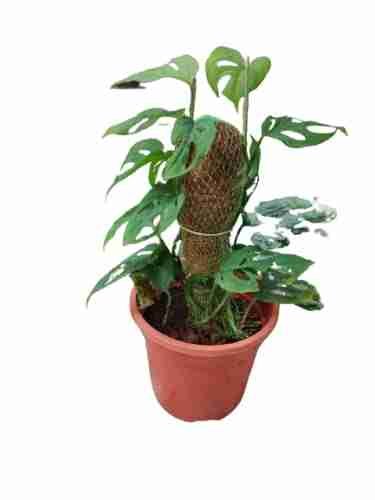
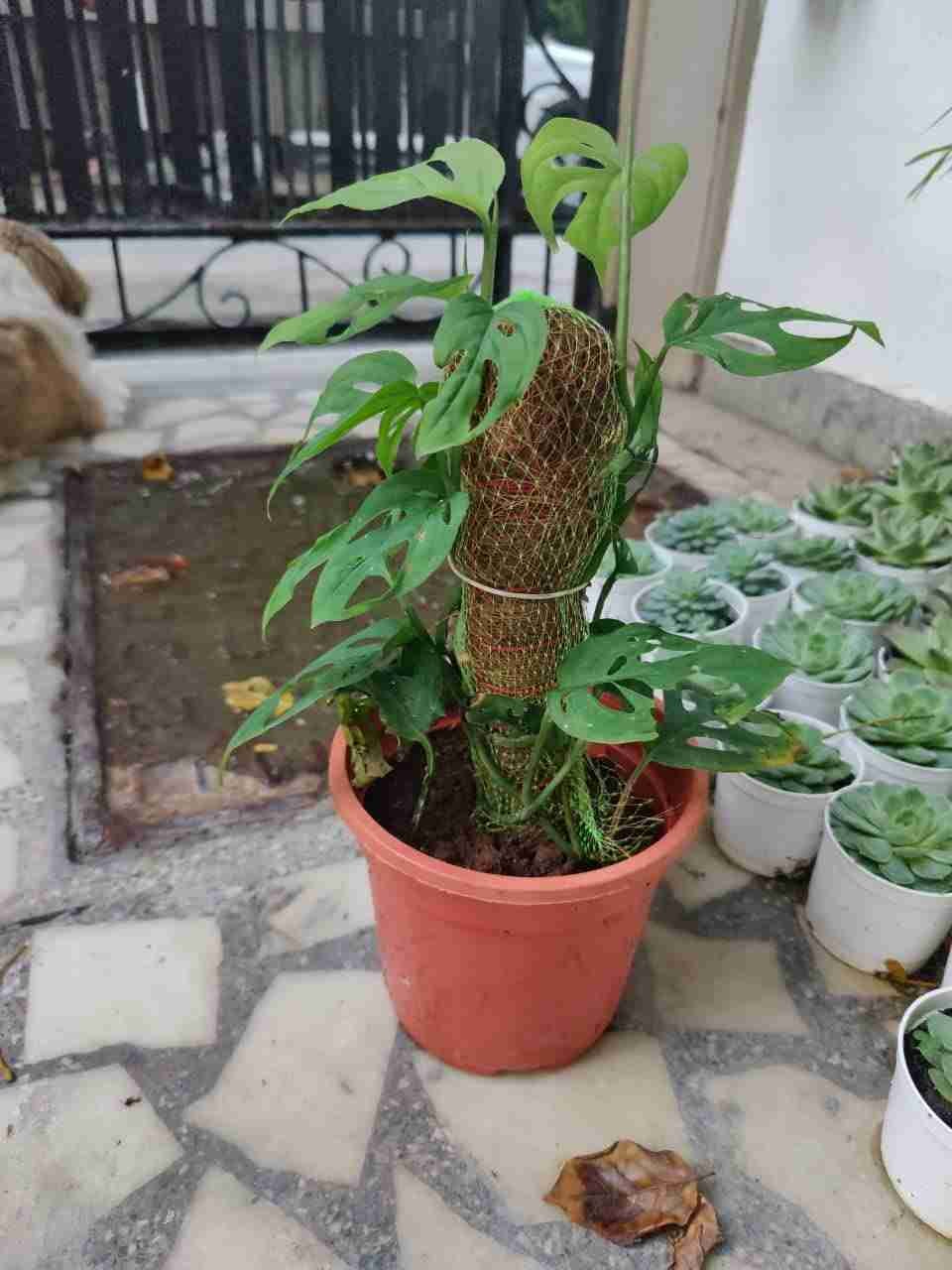
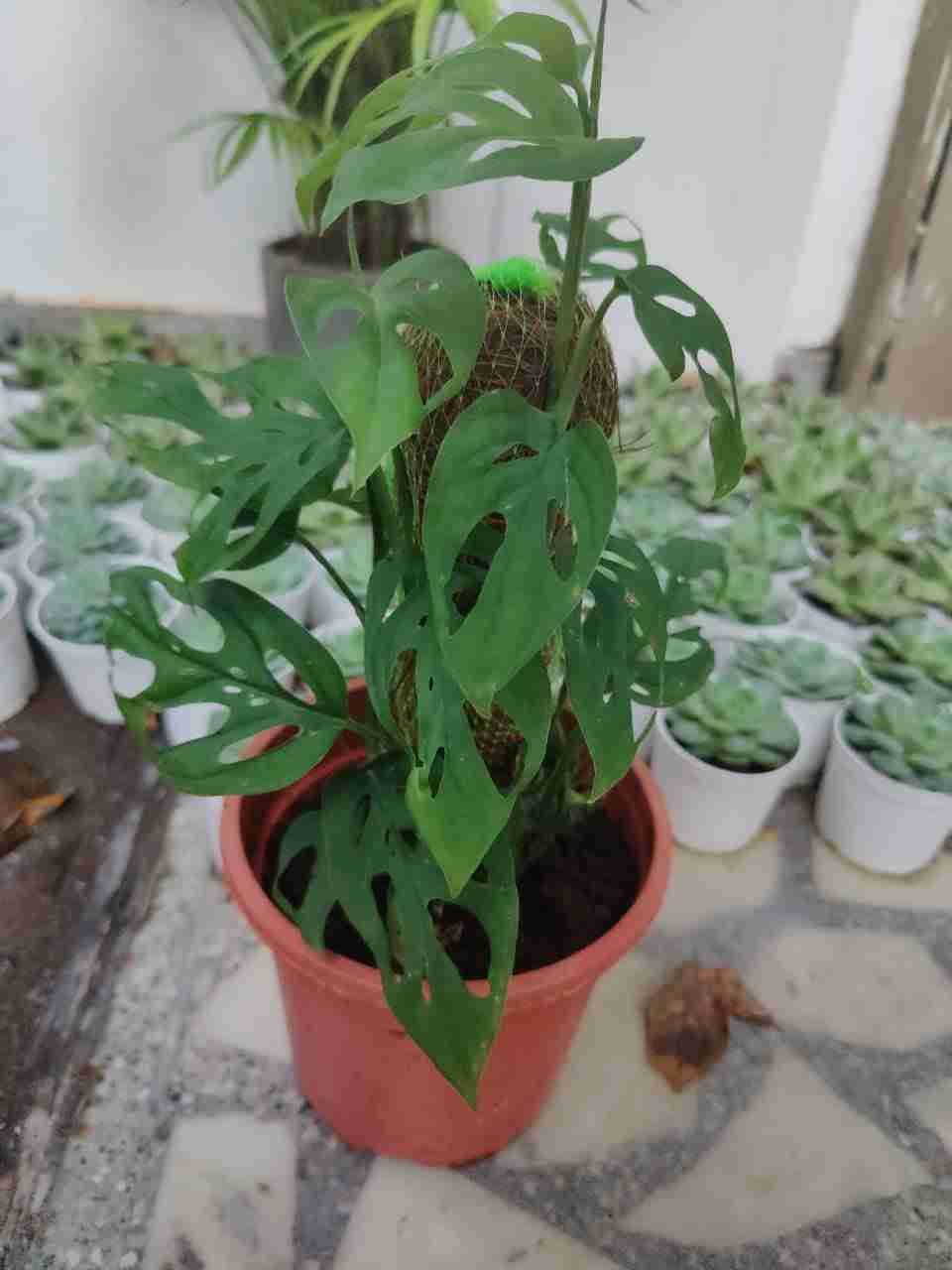
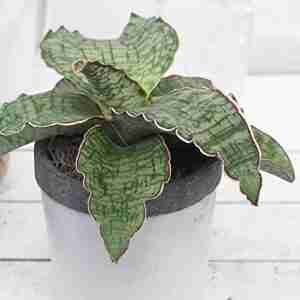
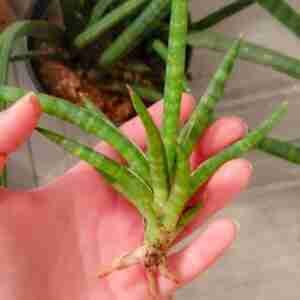
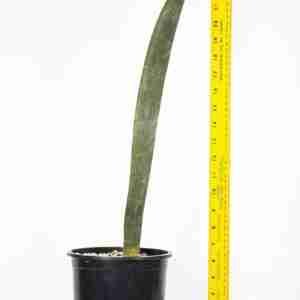
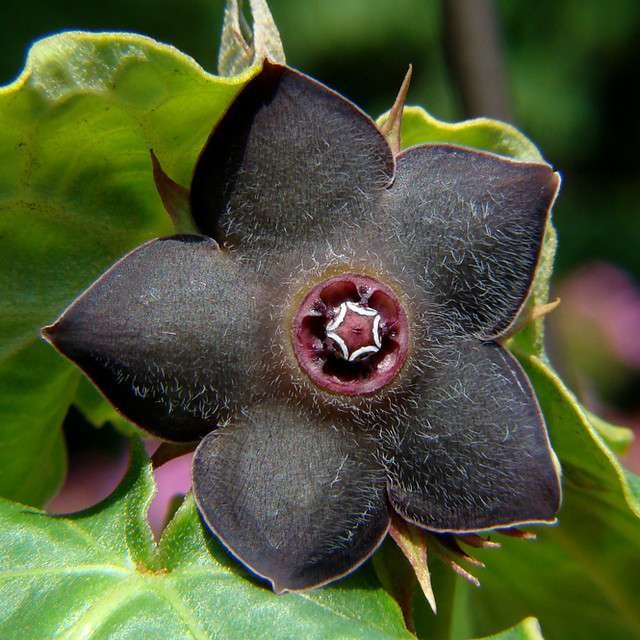
Reviews
There are no reviews yet.